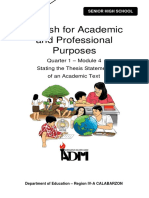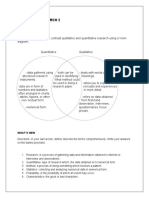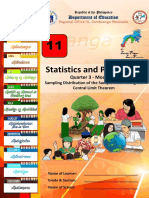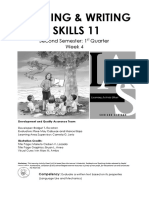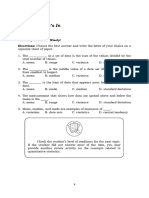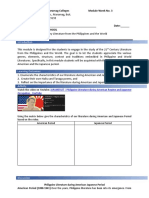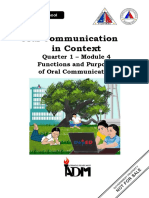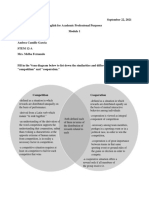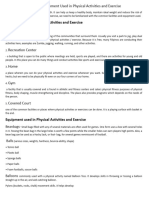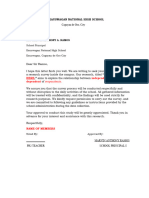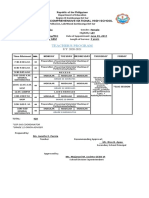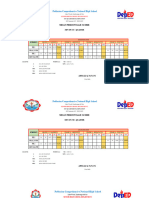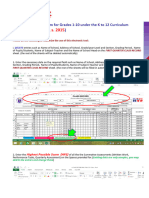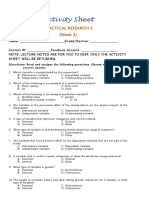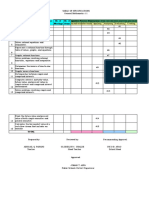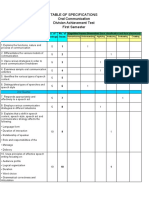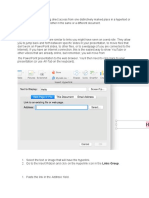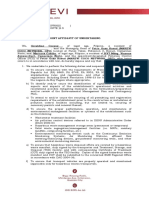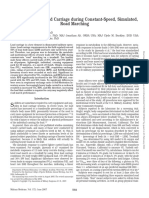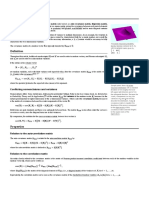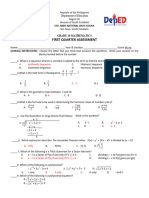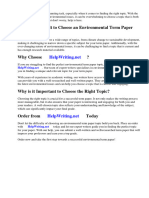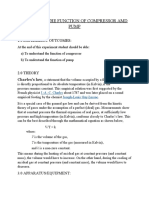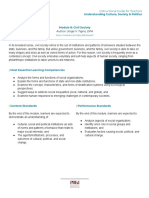0% found this document useful (0 votes)
1K views10 pagesResearch in Daily Life 2: Week 3
This document discusses quantitative research. It begins by defining quantitative research as a systematic, scientific investigation that uses numerical data and statistical analysis. It then discusses the key characteristics of quantitative research, including that it is objective, uses clearly defined research questions, structured research instruments, numerical data, large sample sizes, and can be replicated. The document also classifies quantitative research into experimental (true experimental, quasi-experimental, etc.) and non-experimental (survey, historical, etc.) types. It compares quantitative and qualitative research and discusses standards for each. Finally, it notes that quantitative research provides more accurate and precise results and removes researcher bias.
Uploaded by
Abegail PanangCopyright
© © All Rights Reserved
We take content rights seriously. If you suspect this is your content, claim it here.
Available Formats
Download as PDF, TXT or read online on Scribd
0% found this document useful (0 votes)
1K views10 pagesResearch in Daily Life 2: Week 3
This document discusses quantitative research. It begins by defining quantitative research as a systematic, scientific investigation that uses numerical data and statistical analysis. It then discusses the key characteristics of quantitative research, including that it is objective, uses clearly defined research questions, structured research instruments, numerical data, large sample sizes, and can be replicated. The document also classifies quantitative research into experimental (true experimental, quasi-experimental, etc.) and non-experimental (survey, historical, etc.) types. It compares quantitative and qualitative research and discusses standards for each. Finally, it notes that quantitative research provides more accurate and precise results and removes researcher bias.
Uploaded by
Abegail PanangCopyright
© © All Rights Reserved
We take content rights seriously. If you suspect this is your content, claim it here.
Available Formats
Download as PDF, TXT or read online on Scribd
/ 10












